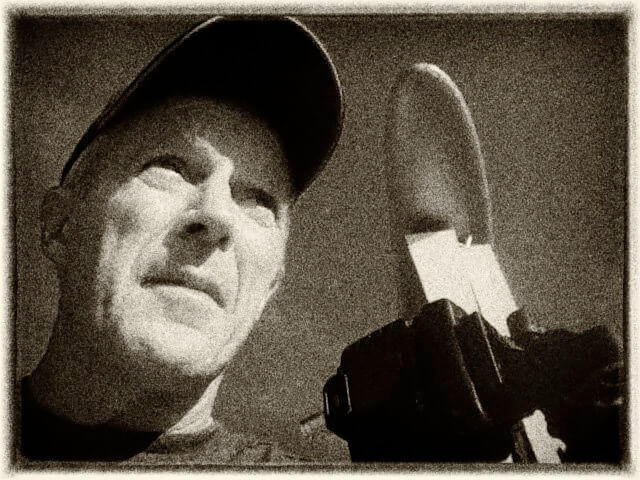I was born in 1954. Photography is what I do. The stories lie therein.
In presenting this body of work I want to explore something that is often overlooked - as in the intrinsic value of photography. As one of his mantras, Jack Ma, the founder and now former CEO of Alibaba and a person whose tenacity I admire, said this, "I always look 10 years ahead". While I'm not going to suggested that this is what I do with my photography or when I am about to embark on a project. But and quite often, there's something prescient in what I do and how I approach my work as a photographer.
When I set out to document Smithfield Market in London, this is more or less what happened. Besides all the talk of closing down the market, there were suggestions that the market was going to be refurbished and, in the process, brought up to European Union health standards.
At around this time, I used to take a short cut through the market's precinct as I walked from one side of the city to the other. Of course, during the day, there was nothing there. Well, let me qualify, there were no people there. Working hours were from just around midnight until the early hours of the morning.
With these various stories doing the rounds, I wanted to investigate. In the process I made contact with the market's management. As a result, I was granted to two week window to document the market and the activities there. This was back in April of 1991. Yes, nearly 30 years ago.
This is what I mean, the "intrinsic value of photography". I don't know what these images are worth. I have never exhibited them or ever had them published in any form. No real reason. Then as now, perhaps I didn't have a compelling enough story that publications or curators could buy into. "Intrinsic value" is not going to see this work through to anything significant. Perhaps something like "British working class heroes", "End of an era" or "Times are a changing" may have done it. But, we live on in hope.
I have long admired photography of Vivien Maier and see her work in much the same way - and that is, for its intrinsic value. Through her work, Maier more or less defined the Chicago of a particular era.
Another photographer's work who I much admire is Max Yavno. Again, the strength of his work lies in its intrinsic value. Through his work, he more or less defined Los Angeles and San Francisco of an era and, to some degree, Cairo. His work is iconic - just as is Maier's.
